There’s no need for boring science textbooks when there’s a Gail Gibbons book available on a topic. Thus is the case with Beavers – one of the many, many wonderful nonfiction picture books by author/illustrator Gail Gibbons.
This book is a great choice for any child who loves animals. It’s particularly good for kids who don’t enjoy science textbooks. And it’s also a nice selection for parents who want to discover a picture book about science that’s loads of fun to read to your child. The best news is this book is just the tip of the iceberg – because there are so many books by this author/illustrator for you to enjoy.
Table of Contents[Hide][Show]
Why Read This Book
- Pick up any book by Gail Gibbons and you’ll be holding in your hands a science book that doesn’t feel at all like a boring textbook. Gibbons’ books are engaging, fun, colorful, and full of pictures.
- Cutaway diagrams take you inside the beaver dam, under the water, and even explain the unique eyelids of beavers.
- Science presented in a way that is engaging, interesting, and enjoyable for young children, as young as preschool. While also being great fun for the adults reading the books aloud.
- A book you will want to leave out so children can access it. Because the pictures contain so much detail, children often spend a lot of time looking at the pictures, even coming back to the book again and again to examine it.
“Gail Gibbons has taught more preschoolers and early readers about the world than any other children’s writer-illustrator.”
Washington Post
Book Facts
Author: Gail Gibbons
Illustrator: Gail Gibbons
Copyright: 2013
Publisher: Holiday House
Format: Nonfiction Picture Book
Age Range: Preschool to Third Grade. Ages 3 to 9.
Reading Level: Little Ones and Emerging Readers
Expansion Circle Ideas
Read More: Read another book written and illustrated by Gail Gibbons. She has published over 100 books for children on a wide variety of science topics. Most children’s libraries have a bunch of Gibbons’ books on their shelves. There are books on topics for every child’s interest.
Science: Visit a zoo or a nature center where you can learn more about beavers. See real live beavers if possible, or explore things like the skeleton, their fur (a pelt), and the homes they build.
Geography: Get out a local map of your area, and identify where beavers may live. Talk about what beavers need – water, woods, etc.
Meet the Author/Illustrator: Explore the wonderful world of Gail Gibbons at her website gailgibbons.com.
See Inside
Click any photo to view it larger.
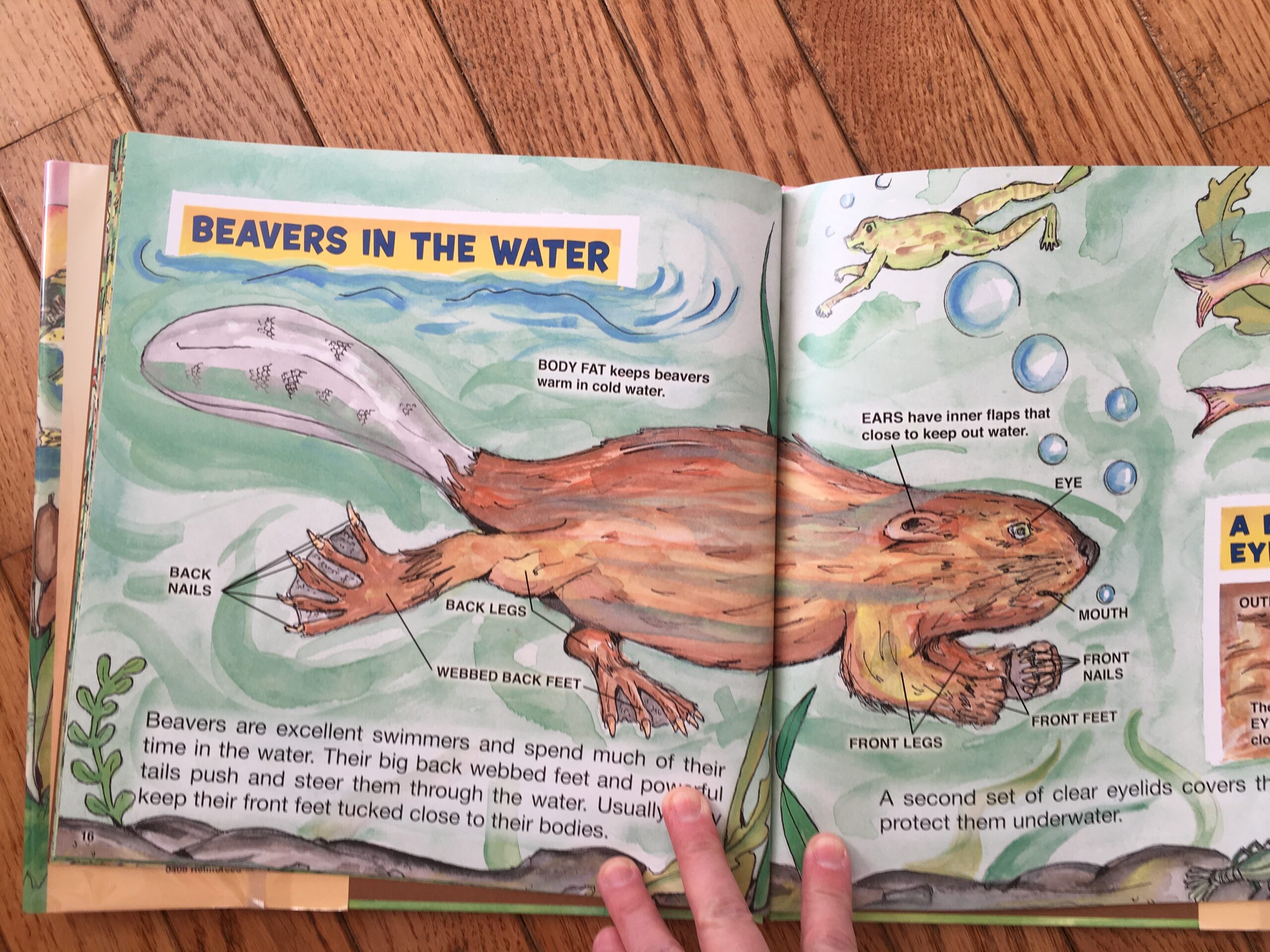
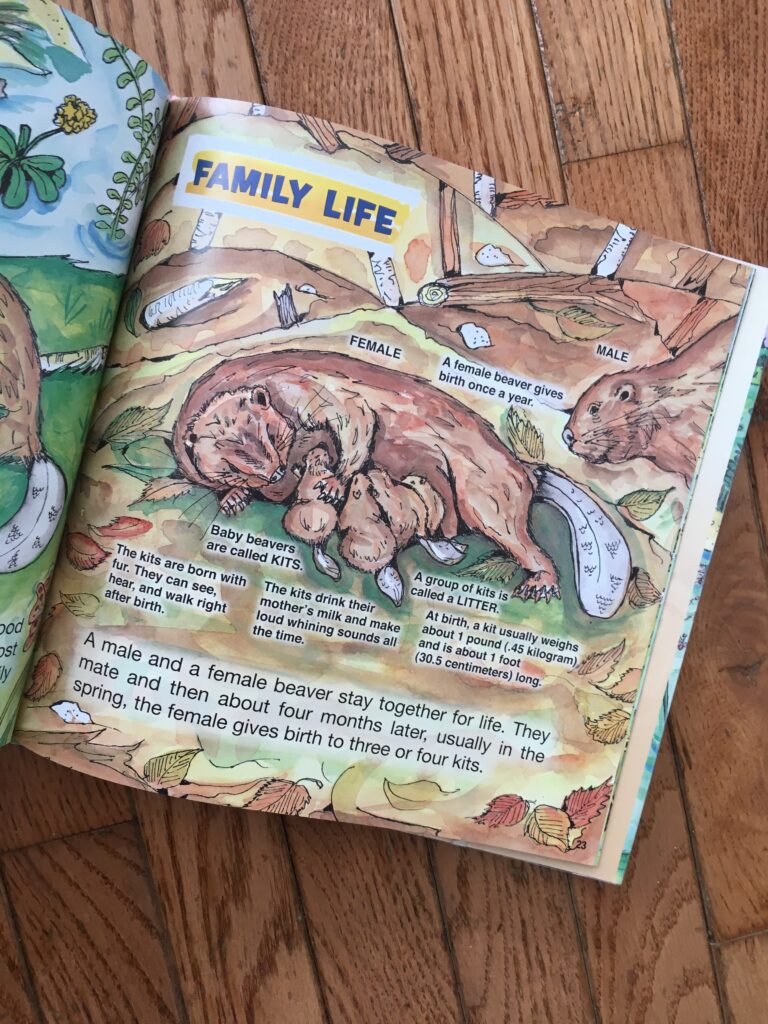
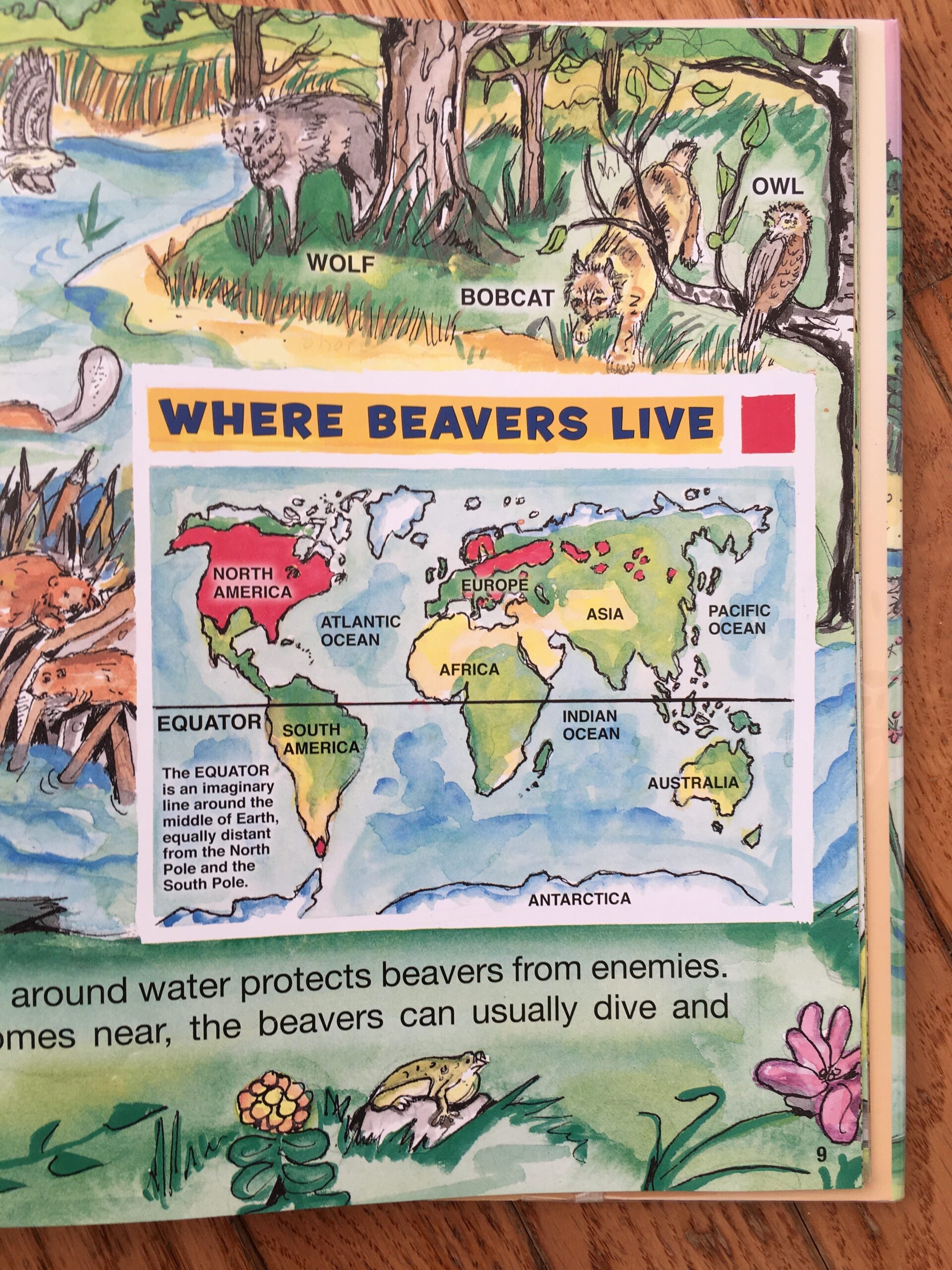
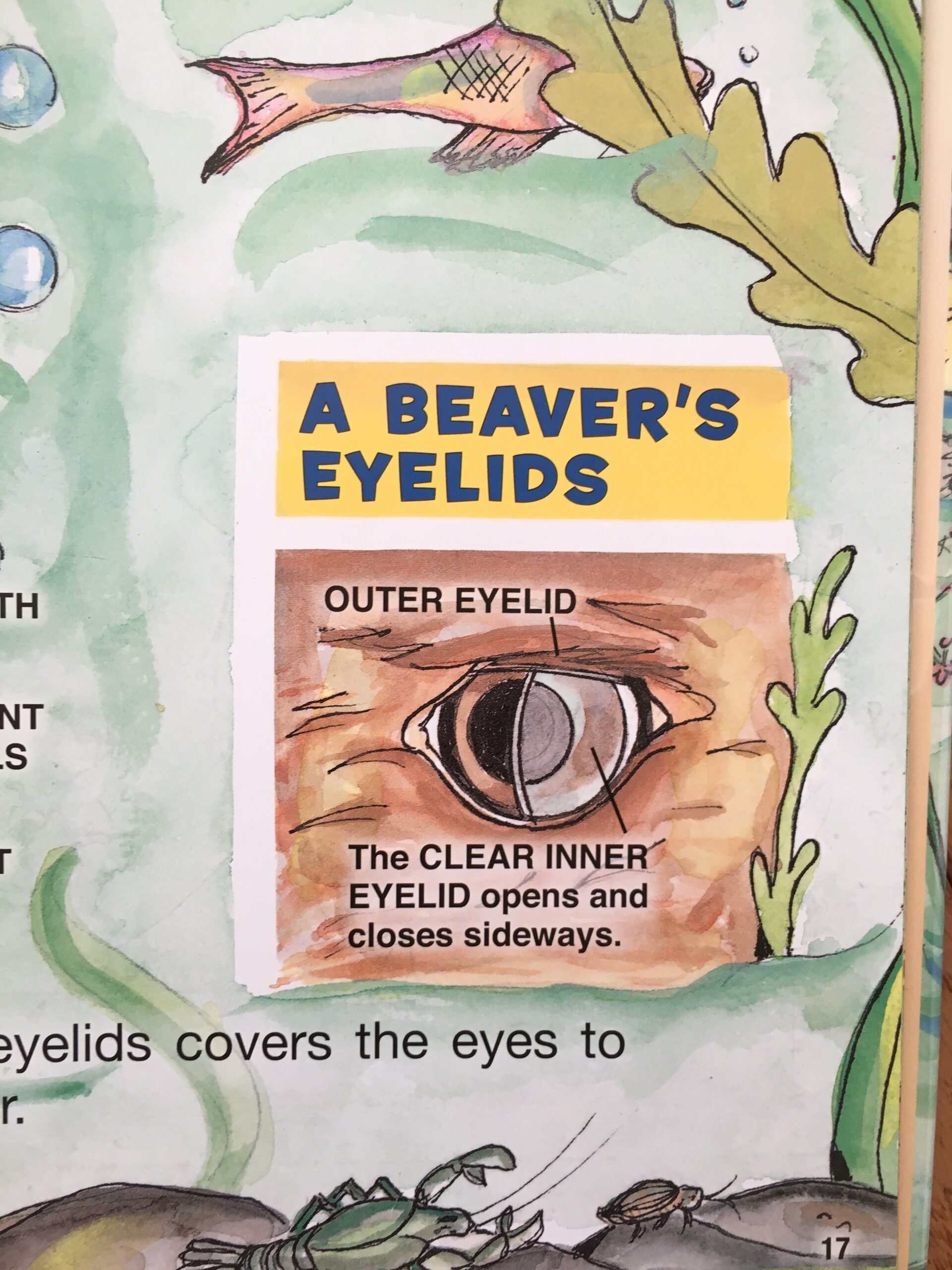
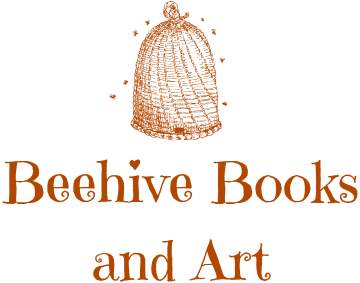
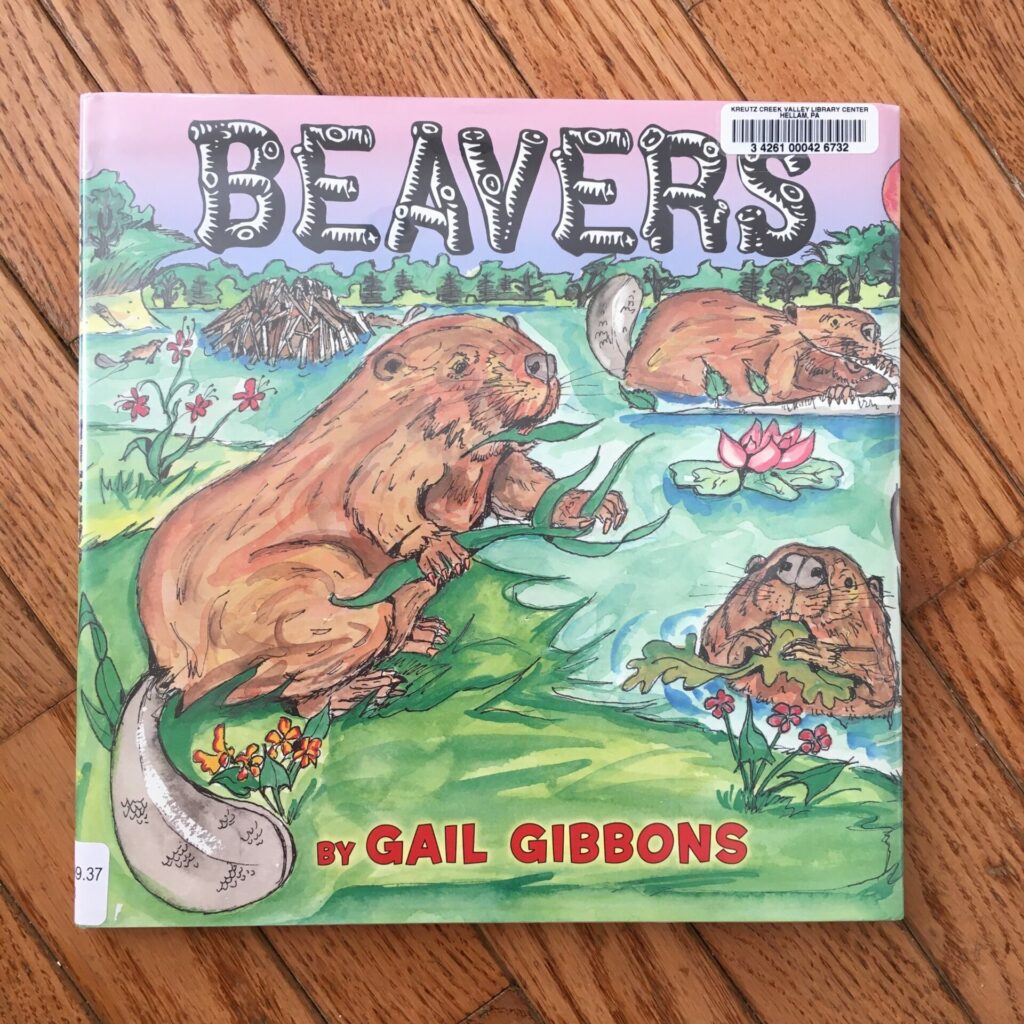
 Wornstaff Library in Ashley, Ohio
Wornstaff Library in Ashley, Ohio